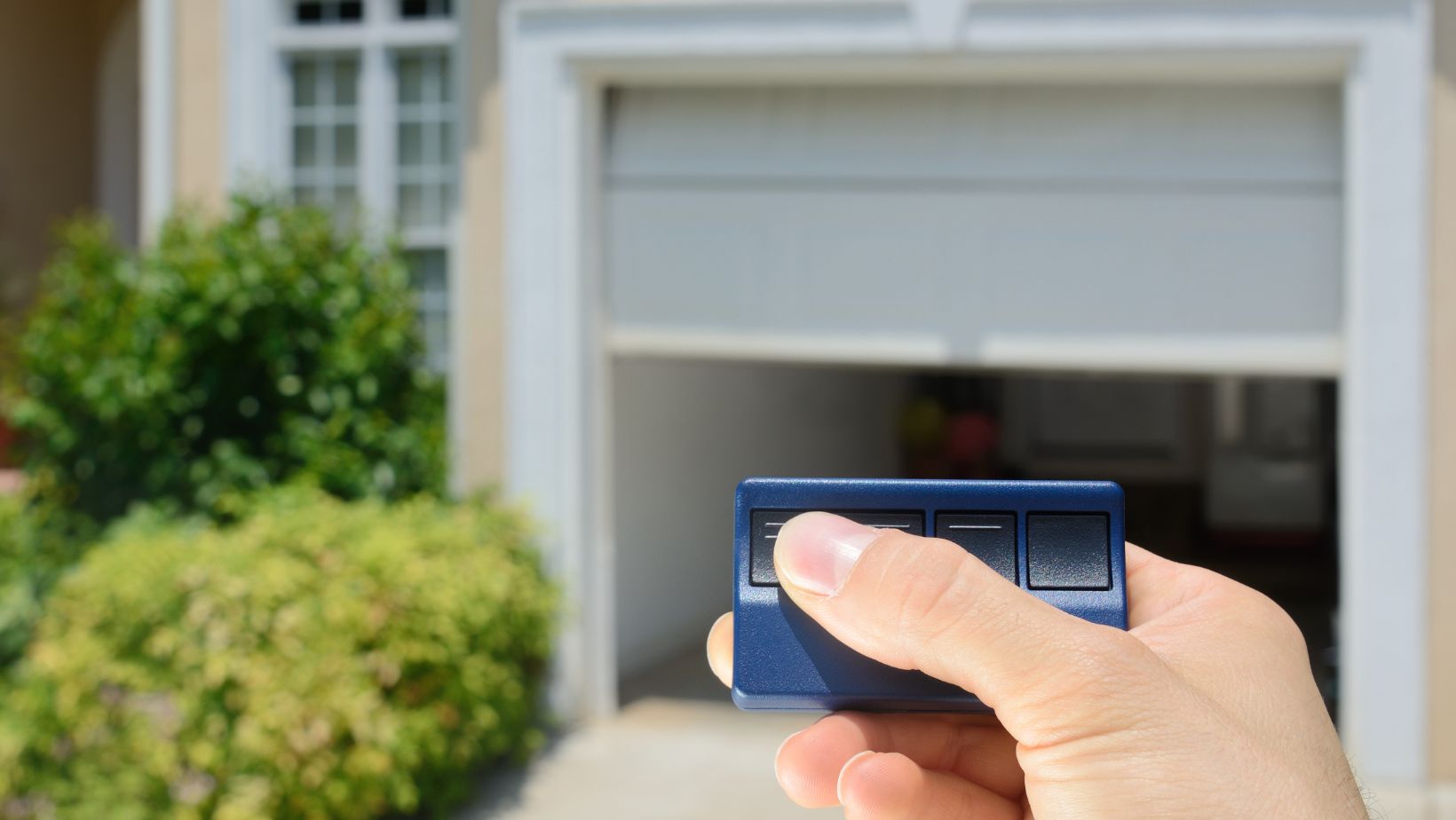Table of Contents
ToggleHow To Install Keypad For Garage Door
Firstly, it’s important to choose a suitable location for the keypad. Look for an area near the entrance to your garage that is easily accessible and visible. Ensure that the surface is clean and free from any obstructions before proceeding.
Next, carefully read the manufacturer’s instructions that come with your keypad. While installation steps may vary slightly depending on the brand and model, most keypads are installed in a similar manner. Typically, you’ll need to remove the cover of your existing control panel or mount the new keypad directly onto the wall.
Once you have determined where to install the keypad and familiarized yourself with its specific instructions, it’s time to connect it to your garage door opener system. This usually involves wiring or programming the keypad according to your specific opener model. Refer to both your garage door opener manual and keypad manual for accurate instructions on how to complete this step.

Choosing The Right Keypad For Your Garage Door
When it comes to installing a keypad for your garage door, selecting the right one is crucial. With so many options available in the market, it can be overwhelming to determine which keypad will best suit your needs. To help you make an informed decision, here are some key factors to consider:
Compatibility: Before purchasing a keypad, ensure that it is compatible with your specific garage door opener model. Check the manufacturer’s recommendations or consult with a professional if you’re unsure. This step is essential to avoid compatibility issues that could render the keypad useless.
Security Features: The security of your garage and home should be a top priority. Look for keypads that offer advanced security features such as rolling codes or encryption technology. These features help prevent unauthorized access and protect against code theft.
Ease of Use: Opt for a keypad that is user-friendly and easy to operate. Consider features like illuminated buttons for better visibility at night, large buttons for ease of use, and clear instructions for programming and changing codes.
Durability: Since the keypad will be exposed to various weather conditions, choose one that is built to last. Look for keypads made from durable materials like stainless steel or heavy-duty plastic that can withstand harsh elements.
Additional Features: Some keypads come with additional features like wireless connectivity or smartphone compatibility. These features allow you to control your garage door remotely or integrate it with smart home systems, providing convenience and added functionality.
By considering these factors when choosing a keypad for your garage door, you can ensure that you select the right one that meets your requirements in terms of compatibility, security, usability, durability, and any additional features you may desire. Take your time researching different options and read customer feedbacks to make an informed decision.
Remember, installing a keypad requires following specific instructions provided by the manufacturer or seeking professional assistance if needed. Positioning and mounting the keypad for your garage door may seem like a daunting task, but with the right guidance, it can be done smoothly. In this section, I’ll walk you through the steps to successfully install a keypad for your garage door.
- Choose an Ideal Location: Start by selecting the optimal location for your keypad. It should be easily accessible yet discreet enough to prevent unauthorized access. Consider placing it near the entrance of your garage or in a convenient spot where you can easily enter the code without obstructing any other objects.
- Prepare the Mounting Surface: Before attaching the keypad, ensure that the mounting surface is clean and free from any debris. Use a damp cloth to wipe away any dust or dirt that may interfere with proper adhesion.
- Attach the Keypad: Most keypads come with adhesive backing or screws for attachment. If using adhesive, remove the protective covering and firmly press the keypad onto the desired location. If screws are provided, use a screwdriver to securely fasten it into place.
- Connect Wiring (If Applicable): Depending on your specific garage door opener model, you may need to connect wiring between the keypad and opener unit inside your garage. Refer to your manufacturer’s instructions for guidance on wiring connections if required.
- Test Functionality: Once installed, test whether your new keypad is functioning correctly before closing up everything completely. Enter a test code and try opening and closing your garage door using only the keypad inputs.
To conclude, installing a keypad for your garage door can provide convenience, security, and peace of mind. With just a few simple steps, you can enjoy the benefits of easy access to your garage without the need for keys or remotes. Adding a keypad system to your garage door provides convenience and enhances security while offering customization options tailored to individual needs.





